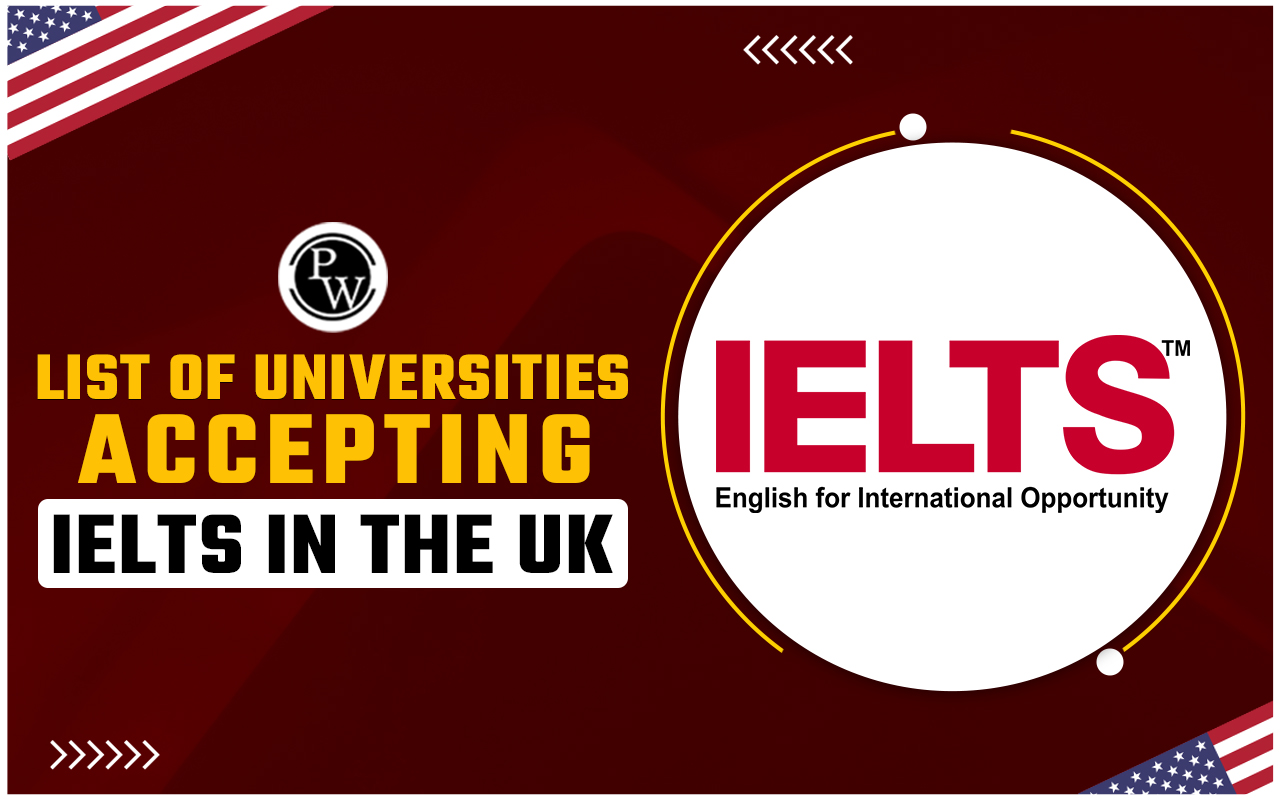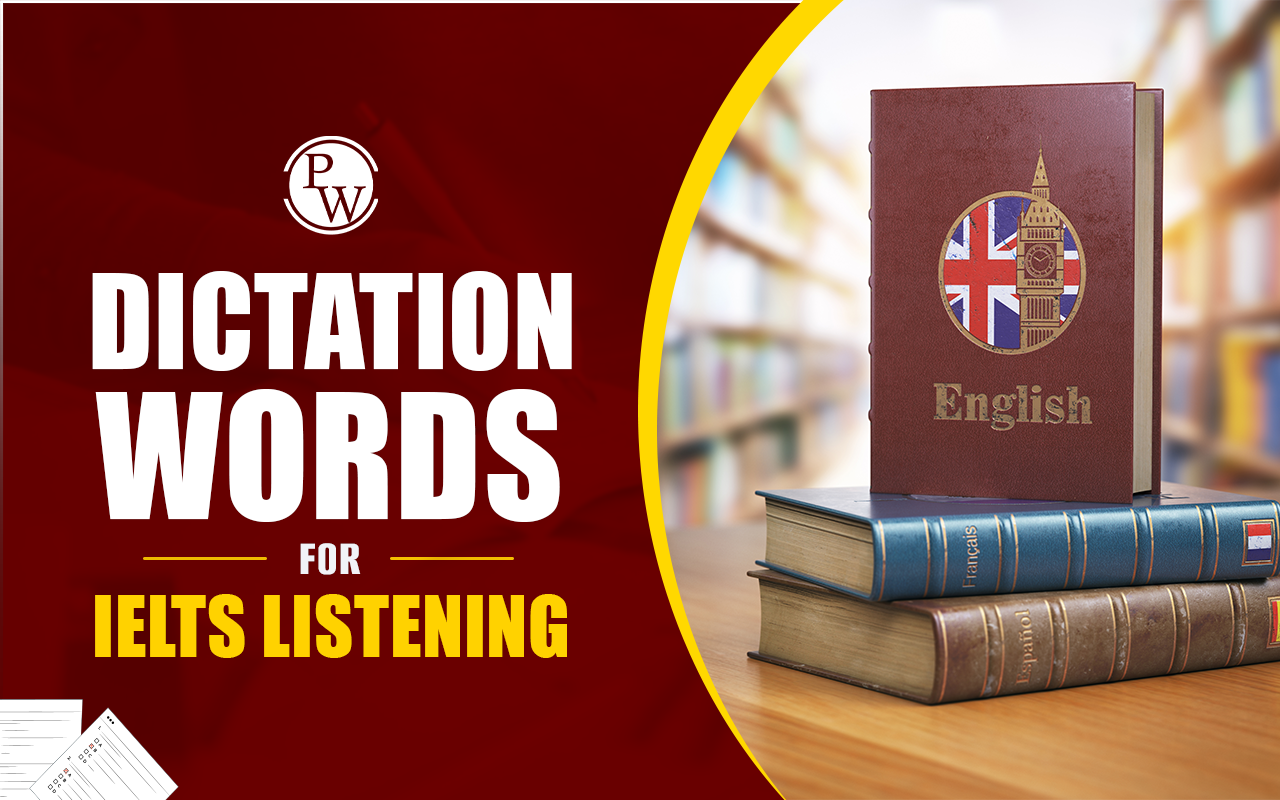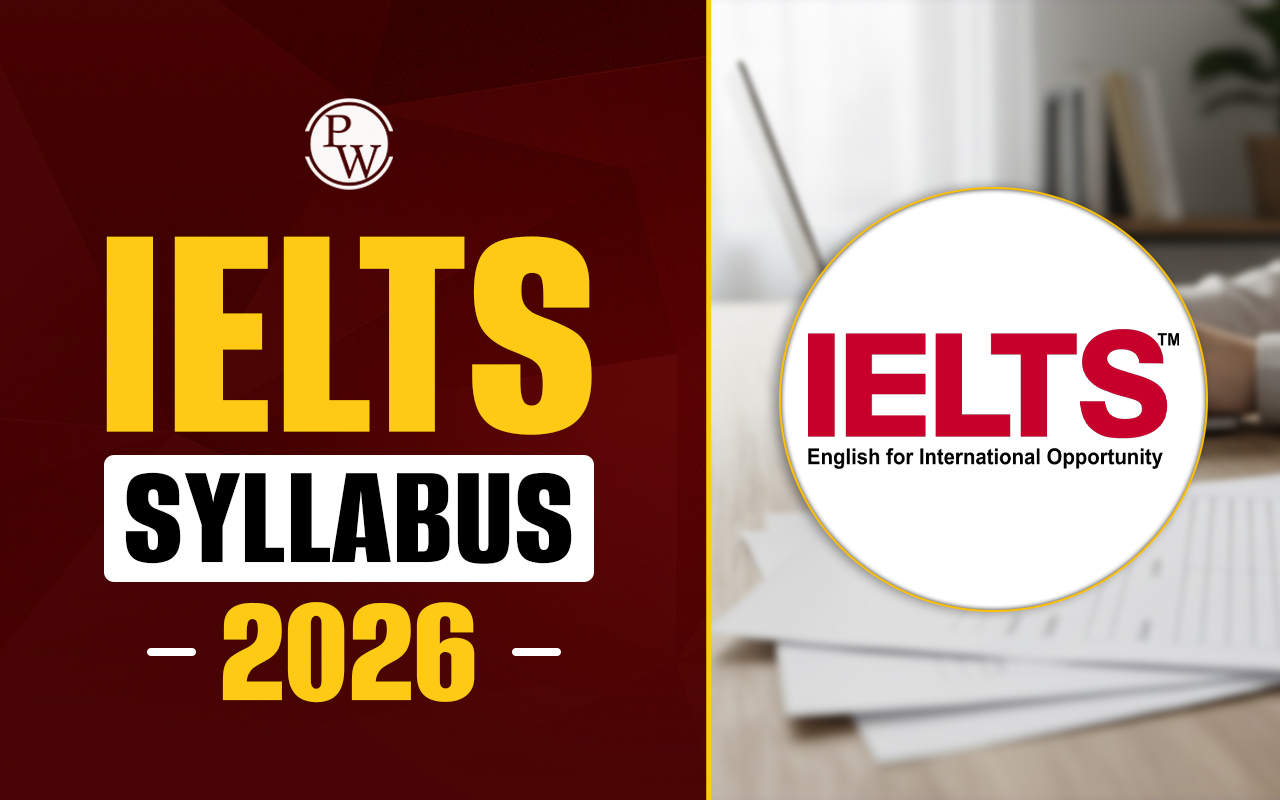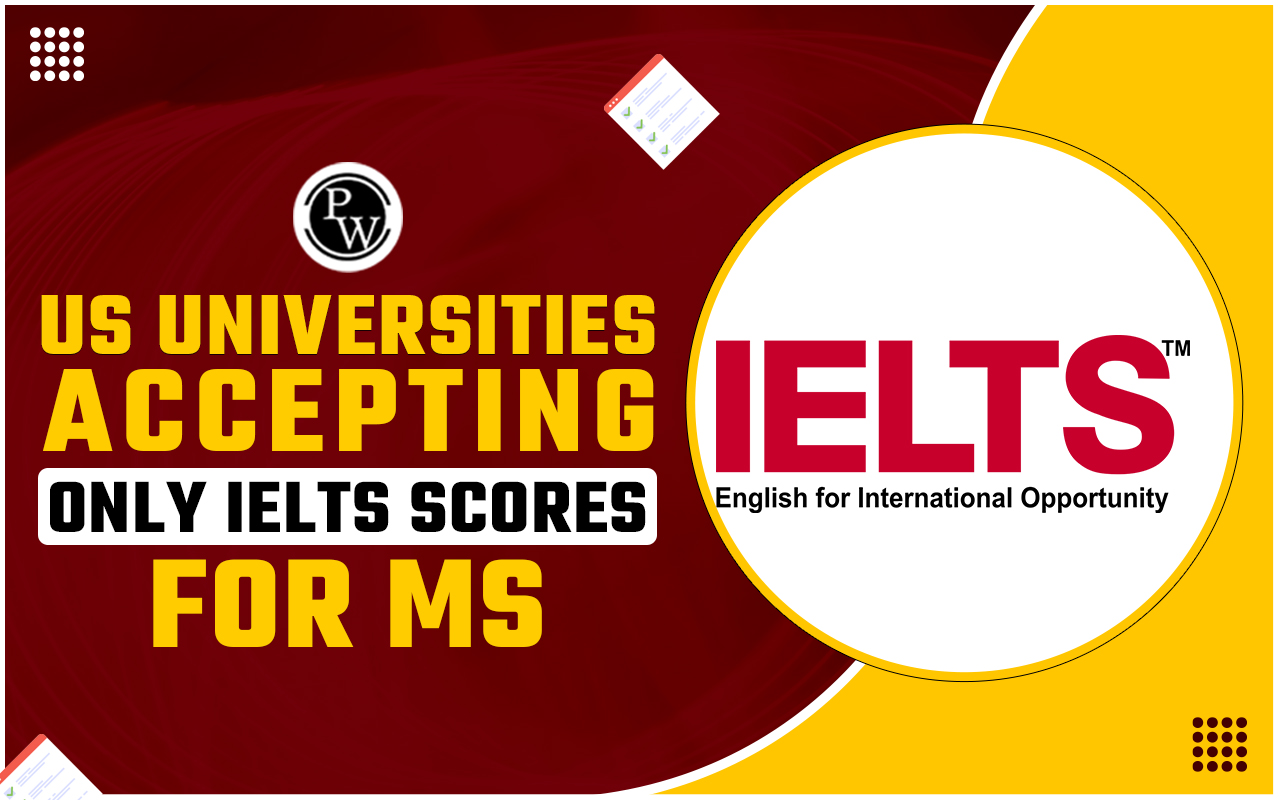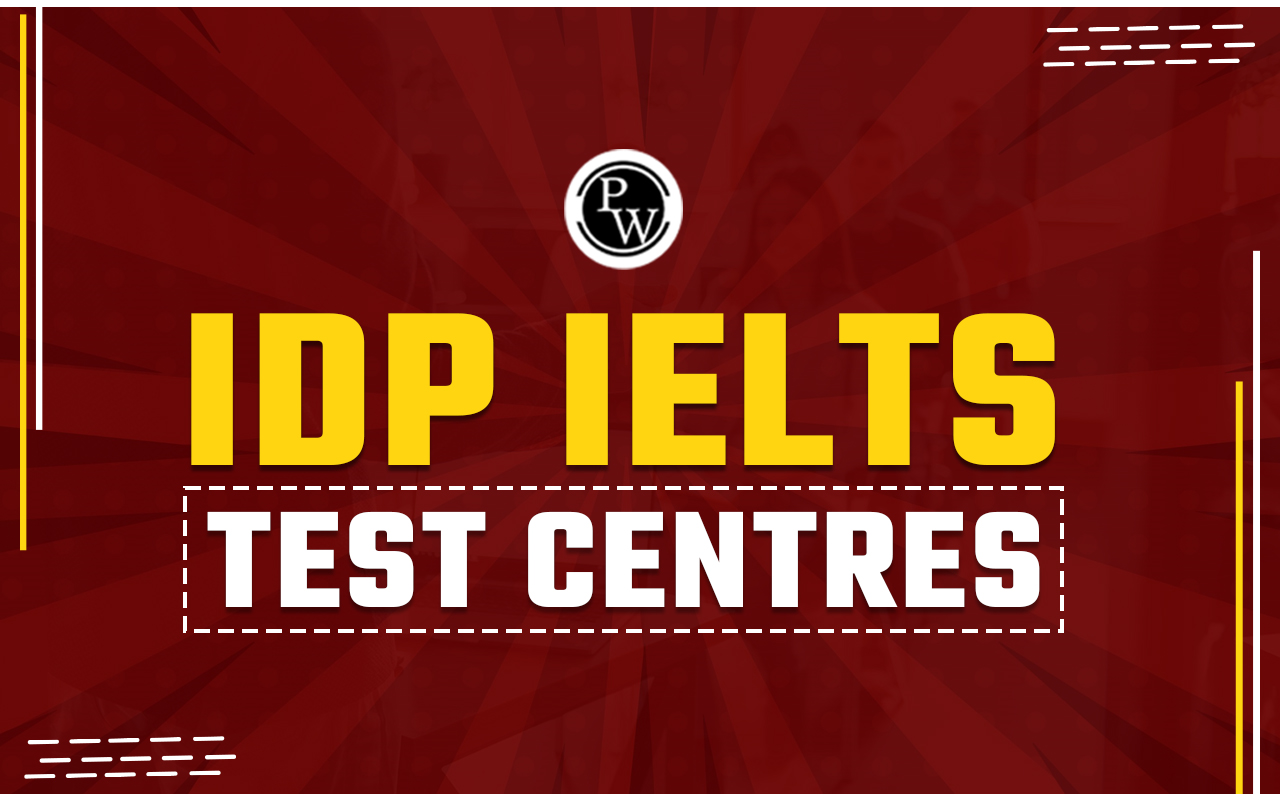
The Lost City IELTS Reading Answers: The IELTS exam is the most popular English Language Proficiency exam as it is accepted across 140 countries. The IELTS test format has mainly four sections: Reading, Listening, Speaking, and Writing. Listening is considered the easiest among all the sections, however, many students voted for the I ELTS Reading module to be easier compared to other test sections.
The IELTS Reading section includes reading passages to check a candidate's ability to read and understand different types of texts. The reading section, “The Lost City IELTS Reading Answers” is a very popular topic for reading passages. The “The Lost City IELTS Reading Answers” include major three types of questions: IELTS Reading Matching Headings to Paragraphs, True/False/Not Given IELTS Reading, and IELTS Reading Sentence Completion. Here, we have included a total of 15 questions for “The Lost City IELTS Reading Answers” topic. Aspirants interested in studying abroad can practice the sample passage to score well in IELTS exam .Free IELTS Reading Practice Tests, Cambridge Sample Test PDF
The Lost City IELTS Reading Answers Passage
You should spend about 20 minutes on Questions 1-15, which are based on the Reading Passage below.The Lost City
When the US explorer and academic Hiram Bingham arrived in South America in 1911, he was ready for what was to be the greatest achievement of his life: the exploration of the remote hinterland to the west of Cusco, the old capital of the Inca empire in the Andes mountains of Peru. His goal was to locate the remains of a city called Vitcos, the last capital of the Inca civilisation. Cusco lies on a high plateau at an elevation of more than 3,000 metres, and Bingham’s plan was to descend from this plateau along the valley of the Urubamba river, which takes a circuitous route down to the Amazon and passes through an area of dramatic canyons and mountain ranges. When Bingham and his team set off down the Urubamba in late July, they had an advantage over travellers who had preceded them: a track had recently been blasted down the valley canyon to enable rubber to be brought up by mules from the jungle. Almost all previous travellers had left the river at Ollantaytambo and taken a high pass across the mountains to rejoin the river lower down, thereby cutting a substantial corner, but also therefore never passing through the area around Machu Picchu. On 24 July they were a few days into their descent of the valley. The day began slowly, with Bingham trying to arrange sufficient mules for the next stage of the trek. His companions showed no interest in accompanying him up the nearby hill to see some ruins that a local farmer, Melchor Arteaga, had told them about the night before. The morning was dull and damp, and Bingham also seems to have been less than keen on the prospect of climbing the hill. In his book Lost City of the Incas, he relates that he made the ascent without having the least expectation that he would find anything at the top. Bingham writes about the approach in vivid style in his book. First, as he climbs up the hill, he describes the ever-present possibility of deadly snakes, ‘capable of making considerable springs when in pursuit of their prey’; not that he sees any. Then there’s a sense of mounting discovery as he comes across great sweeps of terraces, then a mausoleum, followed by monumental staircases and, finally, the grand ceremonial buildings of Machu Picchu. 'It seemed like an unbelievable dream the sight held me spellbound ’, he wrote. We should remember, however, that Lost City of the Incas is a work of hindsight, not written until 1948, many years after his journey. His journal entries of the time reveal a much more gradual appreciation of his achievement. He spent the afternoon at the ruins noting down the dimensions of some of the buildings, then descended and rejoined his companions, to whom he seems to have said little about his discovery. At this stage, Bingham didn’t realise the extent or the importance of the site, nor did he realise what use he could make of the discovery. However, soon after returning it occurred to him that he could make a name for himself from this discovery. When he came to write the National Geographic magazine article that broke the story to the world in April 1913, he knew he had to produce a big idea. He wondered whether it could have been the birthplace of the very first Inca, Manco the Great, and whether it could also have been what chroniclers described as ‘the last city of the Incas’. This term refers to Vilcabamba the settlement where the Incas had fled from Spanish invaders in the 1530s. Bingham made desperate attempts to prove this belief for nearly 40 years. Sadly, his vision of the site as both the beginning and end of the Inca civilisation, while a magnificent one, is inaccurate. We now know, that Vilcabamba actually lies 65 kilometres away in the depths of the jungle. One question that has perplexed visitors, historians and archaeologists alike ever since Bingham, is why the site seems to have been abandoned before the Spanish Conquest. There are no references to it by any of the Spanish chroniclers - and if they had known of its existence so close to Cusco they would certainly have come in search of gold. An idea which has gained wide acceptance over the past few years is that Machu Picchu was a moya, a country estate built by an Inca emperor to escape the cold winters of Cusco, where the elite could enjoy monumental architecture and spectacular views. Furthermore, the particular architecture of Machu Picchu suggests that it was constructed at the time of the greatest of all the Incas, the emperor Pachacuti (1438-71). By custom, Pachacuti’s descendants built other similar estates for their own use, and so Machu Picchu would have been abandoned after his death, some 50 years before the Spanish Conquest.The Lost City IELTS Reading Answers with Sample Questions
IELTS Reading Matching Headings to Paragraphs (Q. 1-5)1. Which heading best describes Paragraph A? A) Bingham’s Mission B) The Difficult Terrain C) The Arrival of Bingham D) Bingham’s Early Journey 2. Which heading best describes Paragraph B? A) Development of New Infrastructure B) Bingham’s Adventure Begins C) Journey Through the Valley D) A Track Through the Canyon 3. Which heading best describes Paragraph C? A) A Dull Morning B) The Uneventful Start C) A Discovery Hidden in the Hills D) A Reluctant Ascent 4. Which heading best describes Paragraph E? A) A Grand Discovery B) Recounting the Discovery C) A Journey of Realization D) The Importance of the Site 5. Which heading best describes Paragraph G? A) Why Machu Picchu Was Abandoned B) The Great Inca Escape C) Mysteries of the Lost City D) Inca Legacy
IELTS Reading True/False/Not Given (Q. 6-10)6. Bingham had a clear expectation of finding something important at the top of the hill.
- True
- False
- Not Given
- True
- False
- Not Given
- True
- False
- Not Given
- True
- False
- Not Given
- True
- False
- Not Given
IELTS Reading Sentence Completion (Q. 11-15)11. Bingham’s primary goal was to locate the remains of ______. A) the Inca empire’s capital B) Vitcos C) Machu Picchu D) the city of Vilcabamba 12. When Bingham and his team began their journey, they had an advantage because a track had been created to bring ______. A) supplies to Machu Picchu B) rubber from the jungle C) food for the expedition D) tourists to the site 13. At the start of his journey, Bingham was not keen to ______. A) discover Machu Picchu B) climb the hill to see the ruins C) explore the Urubamba valley D) take his companions to the site 14. Bingham’s journal entries suggest he ______ when he discovered Machu Picchu. A) realized the full significance of the site B) was immediately impressed by the site’s grandeur C) gradually realized its importance D) was reluctant to explore further 15. The most widely accepted theory about why Machu Picchu was abandoned is that it was ______. A) built for Pachacuti’s descendants B) a holiday retreat for Inca elites C) a city destroyed by Spanish conquerors D) a site used only for ceremonial purposes
| IELTS Exam Important Links | |
|---|---|
| IELTS Reading Band Score | IELTS Listening Band Score |
| IELTS Speaking Band Score | IELTS Wri ting Band Score |
The Lost City IELTS Reading Answers with Explanation
Answer to Question Number 1: A) Bingham’s Mission Explanation : Option A. "Bingham’s Mission" is the best-suited heading for paragraph A. The paragraph discusses Bingham's goal of locating Vitcos ( the last capital of the Inca civilization). It also discusses its plan to explore the remote hinterland through the line “the exploration of the remote hinterland to the west of Cusco, the old capital of the Inca empire in the Andes mountains of Peru.” Answer to Question Number 2: D) A Track Through the Canyon Explanation : Option D. "A Track Through the Canyon" is the best-suited heading for paragraph B. This paragraph describes how a blasted track along the Urubamba Valley canyon helped Bingham and his team travel more easily unlike previous travelers. Answer to Question Number 3: C) A Discovery Hidden in the Hills Explanation : Option C. "A Discovery Hidden in the Hills" is the best-suited heading for paragraph C. The paragraph describes how Bingham reluctantly climbed a hill came across the ruins and eventually discovered Machu Picchu. Answer to Question Number 4: B) Recounting the Discovery Explanation : Option B. "Recounting the Discovery" is the best-suited heading for paragraph E. The paragraph explains how Bingham’s journal entries revealed the significance of the site of Machu Picchu. Answer to Question Number 5: A) Why Machu Picchu Was Abandoned Explanation : Option A. "Why Machu Picchu Was Abandoned" is the best-suited heading for paragraph G. This paragraph focuses on the abandonment of Machu Picchu and the theories surrounding it. It also offers an explanation for the desertion of Machu Picchu after the death of Pachacuti. Answer to Question Number 6: False Explanation : Paragraph C mentions that “In his book Lost City of the Incas, he relates that he made the ascent without having the least expectation that he would find anything at the top.” The statement contradicts the fact. Answer to Question Number 7: False Explanation : In paragraph D it is described that Bingham was spellbound upon seeing the site, however, paragraph E mentions his gradual realization of the site of Machu Picchu. Answer to Question Number 8: True Explanation : Bingham initially believed that Machu Picchu could be the birthplace of the first Inca emperor and it was confirmed in paragraph F in the statement “He wondered whether it could have been the birthplace of the very first Inca, Manco the Great and whether it could also have been what chroniclers described as ‘the last city of the Incas’.” Answer to Question Number 9: False Explanation : Paragraph G mentions that “One question that has perplexed visitors, historians and archaeologists alike ever since Bingham, is why the site seems to have been abandoned before the Spanish Conquest.” Answer to Question Number 10: True Explanation : Paragraph G mentions that Machu Picchu was abandoned after the death of Emperor Pachacuti, long before the Spanish Conquest. Therefore, it is true that Machu Picchu was abandoned after the death of Emperor Pachacuti. Answer to Question Number 11: B) Vitcos Explanation : Paragraph A states that “His goal was to locate the remains of a city called Vitcos, the last capital of the Inca civilization.” Answer to Question Number 12: B) Rubber from the jungle Explanation : Paragraph B states that “When Bingham and his team set off down the Urubamba in late July, they had an advantage over travelers who had preceded them: a track had recently been blasted down the valley canyon to enable rubber to be brought up by mules from the jungle.” Answer to Question Number 13: B) Climb the hill to see the ruins Explanation : Paragraph C mentions “His companions showed no interest in accompanying him up the nearby hill to see some ruins that a local farmer, Melchor Arteaga, had told them about the night before. The morning was dull and damp, and Bingham also seems to have been less than keen on the prospect of climbing the hill.” Answer to Question Number 14: C) gradually realized its importance Explanation : Paragraph E mentions “His journal entries of the time reveal a much more gradual appreciation of his achievement.” Answer to Question Number 15: B) A holiday retreat for Inca elites Explanation : Paragraph G suggests that Machu Picchu was abandoned after the death of Pachacuti as it was used for leisure.| IELTS Exam Important Links | |
|---|---|
| IELTS Reading Band Score | IELTS Listening Band Score |
| IELTS Speaking Band Score | IELTS Writing Band Score |
Tips for Answering the Question Types in The Lost City IELTS Reading Answers
Here are some tips for answering the different question types in “The Lost City IELTS Reading Answers”:1. The Lost City IELTS Reading Answers Tips for Matching Headings to Paragraphs
- Read the questions and passage carefully before trying to match the headings.
- Skim and scan through the passage to understand the main idea of different paragraphs.
- From the questions, identify the keywords and phrases and try to match them with the paragraph to match their headings.
- In case of uncertainty, try to use elimination methods to clear irrelevant information.
2. The Lost City IELTS Reading Answers Tips for True/False/Not Given
- Generally True/False/Not Given questions follow exact words and phrases from the passage. Therefore, try to find the exact words and phrases of the questions to mark them as true.
- If you find sentences or phrases that contradict the statement provided in the question then mark it false.
- If no direct information is provided, it will be “Not Given”.
- Don’t assume answers if enough information is not provided in the passage.
- Check for qualifiers words like "always," "never," "all," and "most". Use these words to compare and contrast the passage carefully.
3. The Lost City IELTS Reading Answers Tips for Sentence Completion
- Check grammatical accuracy while filling out the missing word.
- To complete sentences, look for the missing word and their relative position. Understand the context of the given statement to look for words surrounding the disappeared word.
- Sometimes, students are confused by synonyms and paraphrased sentences in place of exact words and phrases. Check for relative synonyms and paraphrased phrases to fill in the gap.
How to Manage Time in IELTS Reading
Guidance of PW IELTS
Physics Wallah offers a few popular online IELTS courses for all students. Follow the latest IELTS articles to better prepare for the exam.| IELTS Exam Other Related Links | |
|---|---|
| IELTS Registration | IELTS Eligibility Criteria |
| IELTS Exam Pattern | IELTS Syllabus |
| IELTS Exam Dates | IDP IELTS Test Centers |
The Lost City IELTS Reading Answers FAQs
Q. What was Hiram Bingham's goal in 1911?
Ans. In 1911, Bingham's goal was to locate the remains of Vitcos, the last capital of the Inca civilization in the remote hinterland west of Cusco.
Q. Who guided Bingham to Machu Picchu?
Ans. A local farmer, Melchor Arteaga, guided Bingham to Machu Picchu. He informed Bingham about the ruins on a nearby hill, leading him to discover Machu Picchu.
Q. What theory did Bingham propose about Machu Picchu?
Ans. Bingham believed that Machu Picchu could be the birthplace of the first Inca and possibly the last city of the Incas.
Q. Why was Machu Picchu abandoned before the Spanish Conquest?
Ans. Yes, Machu Picchu was abandoned after the death of Inca emperor Pachacuti about 50 years before the Spanish Conquest.
Talk to a counsellorHave doubts? Our support team will be happy to assist you!

Check out these Related Articles
Free Learning Resources
PW Books
Notes (Class 10-12)
PW Study Materials
Notes (Class 6-9)
Ncert Solutions
Govt Exams
Class 6th to 12th Online Courses
Govt Job Exams Courses
UPSC Coaching
Defence Exam Coaching
Gate Exam Coaching
Other Exams
Know about Physics Wallah
Physics Wallah is an Indian edtech platform that provides accessible & comprehensive learning experiences to students from Class 6th to postgraduate level. We also provide extensive NCERT solutions, sample paper, NEET, JEE Mains, BITSAT previous year papers & more such resources to students. Physics Wallah also caters to over 3.5 million registered students and over 78 lakh+ Youtube subscribers with 4.8 rating on its app.
We Stand Out because
We provide students with intensive courses with India’s qualified & experienced faculties & mentors. PW strives to make the learning experience comprehensive and accessible for students of all sections of society. We believe in empowering every single student who couldn't dream of a good career in engineering and medical field earlier.
Our Key Focus Areas
Physics Wallah's main focus is to make the learning experience as economical as possible for all students. With our affordable courses like Lakshya, Udaan and Arjuna and many others, we have been able to provide a platform for lakhs of aspirants. From providing Chemistry, Maths, Physics formula to giving e-books of eminent authors like RD Sharma, RS Aggarwal and Lakhmir Singh, PW focuses on every single student's need for preparation.
What Makes Us Different
Physics Wallah strives to develop a comprehensive pedagogical structure for students, where they get a state-of-the-art learning experience with study material and resources. Apart from catering students preparing for JEE Mains and NEET, PW also provides study material for each state board like Uttar Pradesh, Bihar, and others
Copyright © 2025 Physicswallah Limited All rights reserved.
Get App
